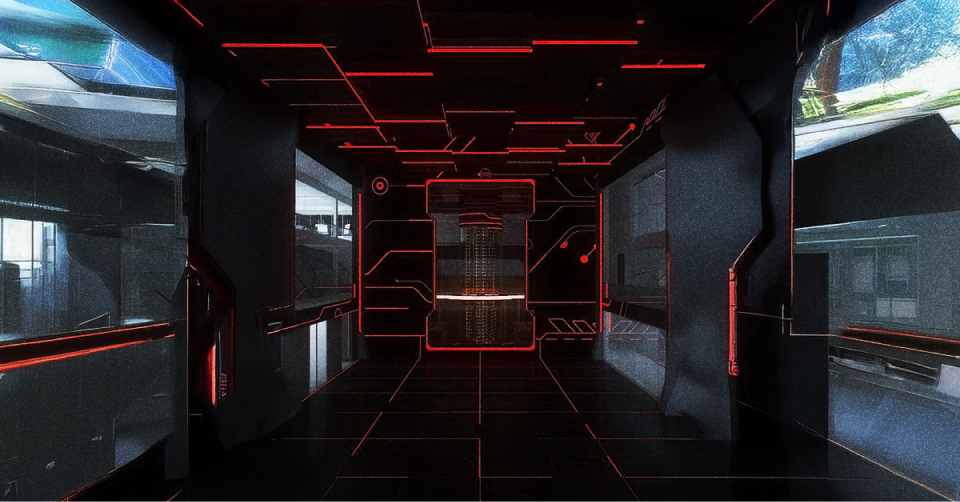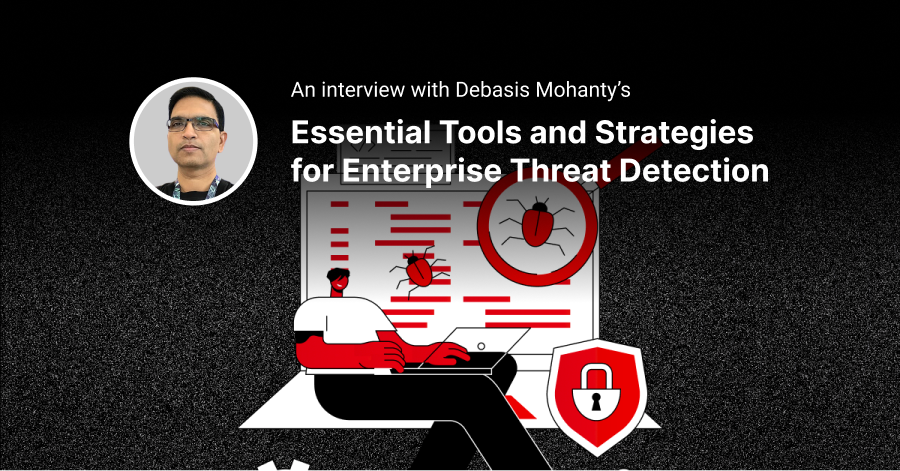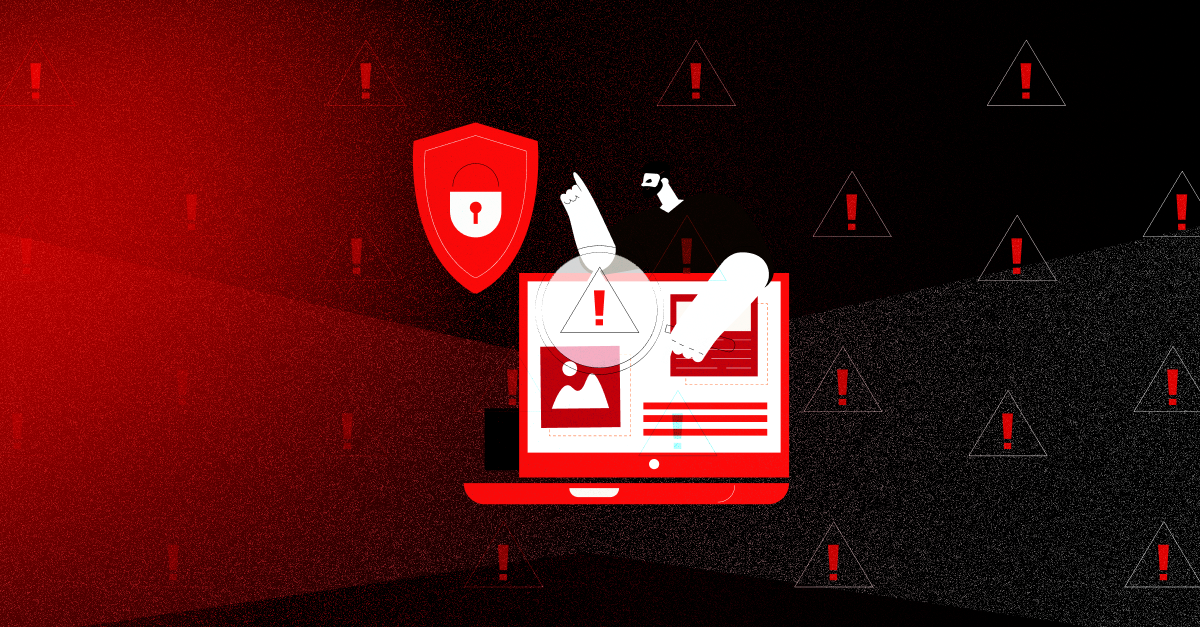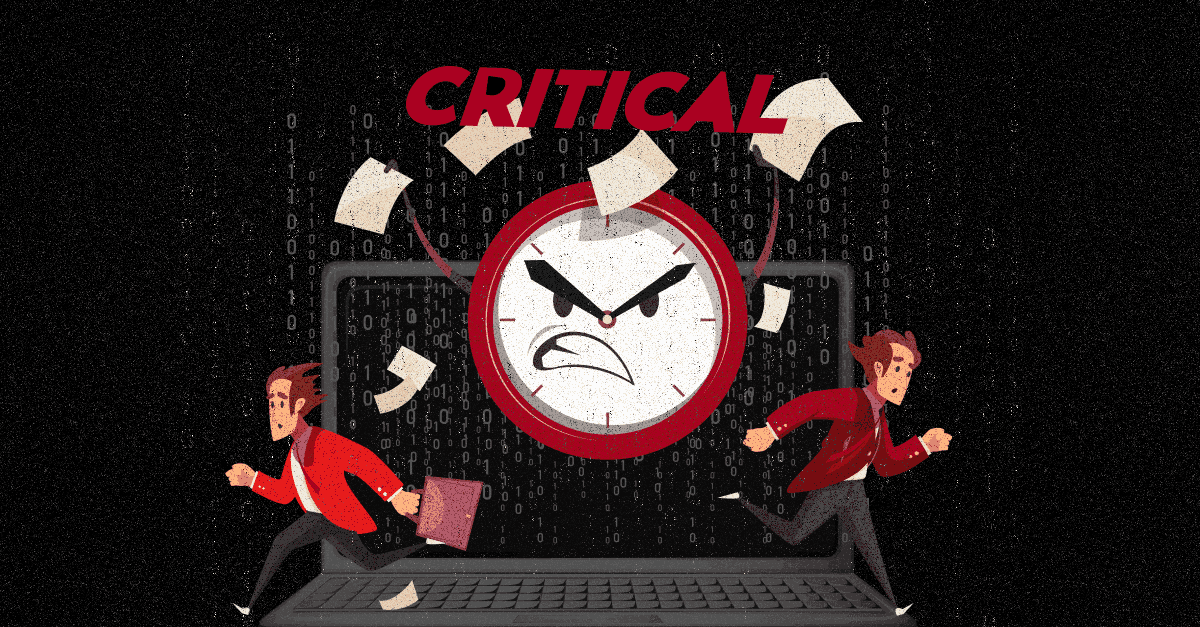Let's face it – if your business still hasn't been breached, it's only a matter of time before it is. And when it is, you can't afford to hit pause and take a breath while you figure out how to recover. Every minute of downtime means lost revenue, damaged reputation, and compromised customer trust.
That's why business continuity and cyber resilience are essential survival skills for any modern-day enterprise.
In this blog post we're going to cover the basics of business continuity, and how you can stay up and running when disaster strikes.
The Evolution of Cybersecurity: From Prevention to Resilience
Did you know that over half of companies hit by a natural disaster are out of business within two years? And if that's not alarming enough, a staggering 93% of those that suffer a data breach or cybersecurity incident are gone within a year. It's a harsh reminder that incidents are inevitable, but it's how you respond and recover that will ultimately determine your company's fate.
A robust Business Continuity Plan (BCP) can ensure that even when the unexpected happens, your business keeps moving forward, minimizing disruption and maximizing resilience.
The cybersecurity landscape is evolving, and organizations must adapt by shifting their focus from solely preventing attacks to developing the capacity to withstand and recover from them. As cyber threats become more frequent and sophisticated, organizations need to prioritize resilience to maintain business continuity. This means building the ability to absorb, adapt, and evolve in response to cyber threats, ensuring the continuity of core functions and integrity. To achieve this, organizations must take a holistic approach that integrates continuity management, disaster recovery, and security operations.
But why do you need to ensure continuity of core functions even when your organization is under attack? If you can't, you risk losing the trust of your customers, damaging your reputation, and taking a hit to your bottom line. In short, continuity is key to survival.
The Advantages of a BCP (Business Continuity Plan) are clear:
- Stay ahead of downtime and data loss: A solid plan helps you bounce back quickly and minimize the damage.
- Respond to incidents like a pro: A BCP ensures your team knows exactly what to do in case of an attack.
- Keep your reputation intact: By maintaining business as usual, you protect your reputation and customer trust.
- Stay on the right side of regulators: A BCP helps you meet compliance requirements and industry standards.
- Outshine the competition: In a crisis, a well-prepared business can gain a real edge over those that aren't.
The Role of Business Continuity in Cyber Resilience
The Business Continuity Institute (BCI) highlights the importance of collaboration between teams in responding to cyber incidents. While 87% of respondents have business continuity arrangements in place, there needs to be greater collaboration between teams to develop a multifaceted response to complex threats. Cyber risks can no longer be siloed within organizations; instead, a holistic approach that aligns continuity management, disaster recovery, and security operations is necessary. This requires support from top management, training, and exercising scenarios across teams to develop relationships and understanding of roles and responsibilities.
BCP, DRP, and CRP: Understanding the Differences
In today's complex threat landscape, organizations need to be prepared for various disruptions. While often used interchangeably, Business Continuity Plan (BCP), Disaster Recovery Plan (DRP), and Cyber Recovery Plan (CRP) serve distinct purposes. Understanding their differences is crucial for effective preparedness.
Business Continuity Plan (BCP)
A BCP is a comprehensive plan that ensures an organization's core functions and operations continue uninterrupted during disruptions, including natural disasters, cyberattacks, and other crises. It encompasses both DRP and CRP, focusing on maintaining business operations, customer trust, and reputation. A BCP covers:
- Continuity of critical business processes
- Minimizing downtime and data loss
- Ensuring employee safety and communication
- Maintaining customer trust and reputation
Disaster Recovery Plan (DRP)
A DRP is a subset of the BCP, focusing specifically on recovering from disruptions caused by natural disasters, human error, massive outages, and other non-malicious events. DRP aims to:
- Restore critical infrastructure and systems
- Recover data and applications
- Minimize downtime and data loss
Cyber Recovery Plan (CRP)
A CRP is another subset of the BCP, specifically designed to prepare for and recover from cyberattacks, such as data breaches, ransomware, and other malicious threats. CRP focuses on:
- Detecting and responding to cyber threats
- Containing and eradicating malware
- Restoring data and applications
- Maintaining business operations during a cyberattack
In summary, a Business Continuity Plan (BCP) is the overarching strategy that includes both Disaster Recovery Plan (DRP) and Cyber Recovery Plan (CRP). While DRP focuses on non-malicious disruptions, CRP addresses malicious cyber threats. By understanding these differences, organizations can develop effective plans to ensure resilience and adaptability in the face of various threats.
Building a Culture of Resilience
In today's unpredictable business environment, creating a culture that prioritizes resilience and continuity is crucial for long-term success. The alarming statistics from PwC's 2023 Global Crisis and Resilience Survey - 96% of business leaders reported disruptions in the past two years, with 76% experiencing medium to high impact on operations - underscore the need for a proactive approach to building resilience. Moreover, 89% of executives list resilience as one of their most important strategic priorities.
To build resilience, focus on:
- Leadership commitment and accountability
- Open communication and collaboration
- Employee training and empowerment
- Continuous learning and improvement
- Cross-functional teamwork and coordination
Assessing Your Organization's Resilience
Take the first step in building a resilient organization by assessing your current state of preparedness. Answer the following questions:
- What are the top risks to your organization?
- How would you rate your organization's current level of preparedness for a disaster?
- Do you have a designated team for continuity planning and response?
- How often do you test and update your continuity plans?
- Are you compliant with relevant laws and regulations?
This will help you identify areas for improvement and prioritize your efforts to build a more resilient organization.
Take Action Now
As we've seen, the pace of disruption is accelerating, and organizations must adapt to stay ahead. In this context, building a resilient organization is not just a strategic priority but a business imperative. Take the first step towards building a more resilient organization by assessing your current state of preparedness and identifying areas for improvement. With this critical foundation in place, you'll be empowered to navigate uncertainty and drive business success.






